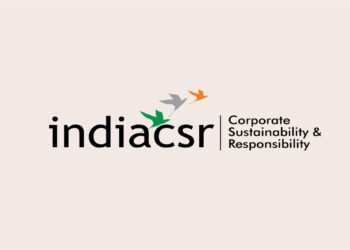The Global Reporting Initiative today released the latest version of its sustainability reporting guidelines, G4, and says they will place more emphasis on materiality. But GRI hasn’t yet posted the guidelines on its website — they will be “published soon,” the organization says.
 At its 2013 Global Conference today in Amsterdam, GRI said encouraging companies to provide only disclosures and indicators that are relevant to their business will allow reporting organizations and report users to concentrate on the economic, environmental and social impacts that really matter, resulting in more credible reports.
At its 2013 Global Conference today in Amsterdam, GRI said encouraging companies to provide only disclosures and indicators that are relevant to their business will allow reporting organizations and report users to concentrate on the economic, environmental and social impacts that really matter, resulting in more credible reports.
The sustainability reporting guidelines’ revisions will also help businesses generate material sustainability information for inclusion in integrated reports, GRI says.
The organization says G4 is more “user-friendly” and accessible for those new to sustainability reporting. It’s also synced with other global frameworks including the OECD MNE Guidelines, the United Nations Global Compact Principles and the UN Guiding Principles on Business and Human Rights.
Other key changes in G4, according to GRI, include:
New up-to-date disclosures on governance, ethics and integrity, supply chain, anti-corruption and GHG emissions.
News generic format for disclosures on management approach.
Two new “in accordance” criteria options, both focused on material aspects.
A new GRI Content Index offering a transparent format to communicate external assurance.
Technically reviewed content and clear disclosure requirements.
Detailed guidance on how to select material topics, and explain the boundaries of where material impacts occur.
Flexibility for preparers to choose the report focus and to combine with local and regional reporting requirements and frameworks.
In February, Coca-Cola and other companies said the proposed changes to the guidelines could make them too complex and burdensome to businesses.
At the time, GRI spokesperson Marjolein Baghuis said says many of the criticisms were a reaction to the exposure draft that was circulated for public comment in 2012. She told Environmental Leader the exposure draft “was never intended as a ‘draft version of G4’ — it was there to generate input, to make G4 the best GRI Guidelines yet.”



















